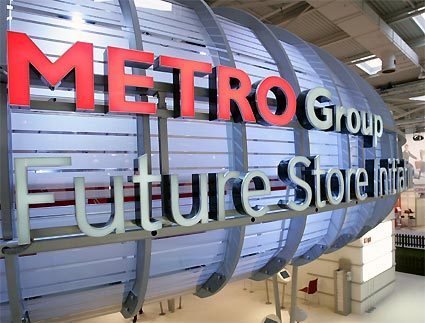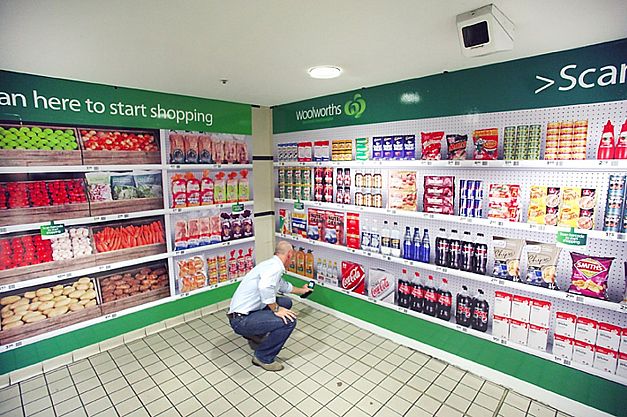Wal-Mart says it aims to switch from bar codes to RFID technology in its Sam’s Club stores. One third of Wal-Mart stores in the U.S have already adapted to the technology to various degrees, as have the retail giant’s 600 top suppliers.
These RFID numbers are still small though, compared with the bar-code market. Last year, 10 trillion bar-code products were sold.
Wal-Mart doesn’t view RFID technology as a competitor to bar codes, but as a successor. “The capability of the RFID technology far exceeds what a bar code can do,” said Wal-Mart’s John Simley, vice president of communication.
RFID tags can store more information than bar codes, and are less labor-intensive, since they don’t require the reader to be aligned with the tag. But so far, the tags have been too costly for a wider adoption. Since 2005, however, the prices have fallen by 70 percent, Alien says. Today, a reader typically costs $500 to $3,500, and the tags are 10 cents to 15 cents.




















